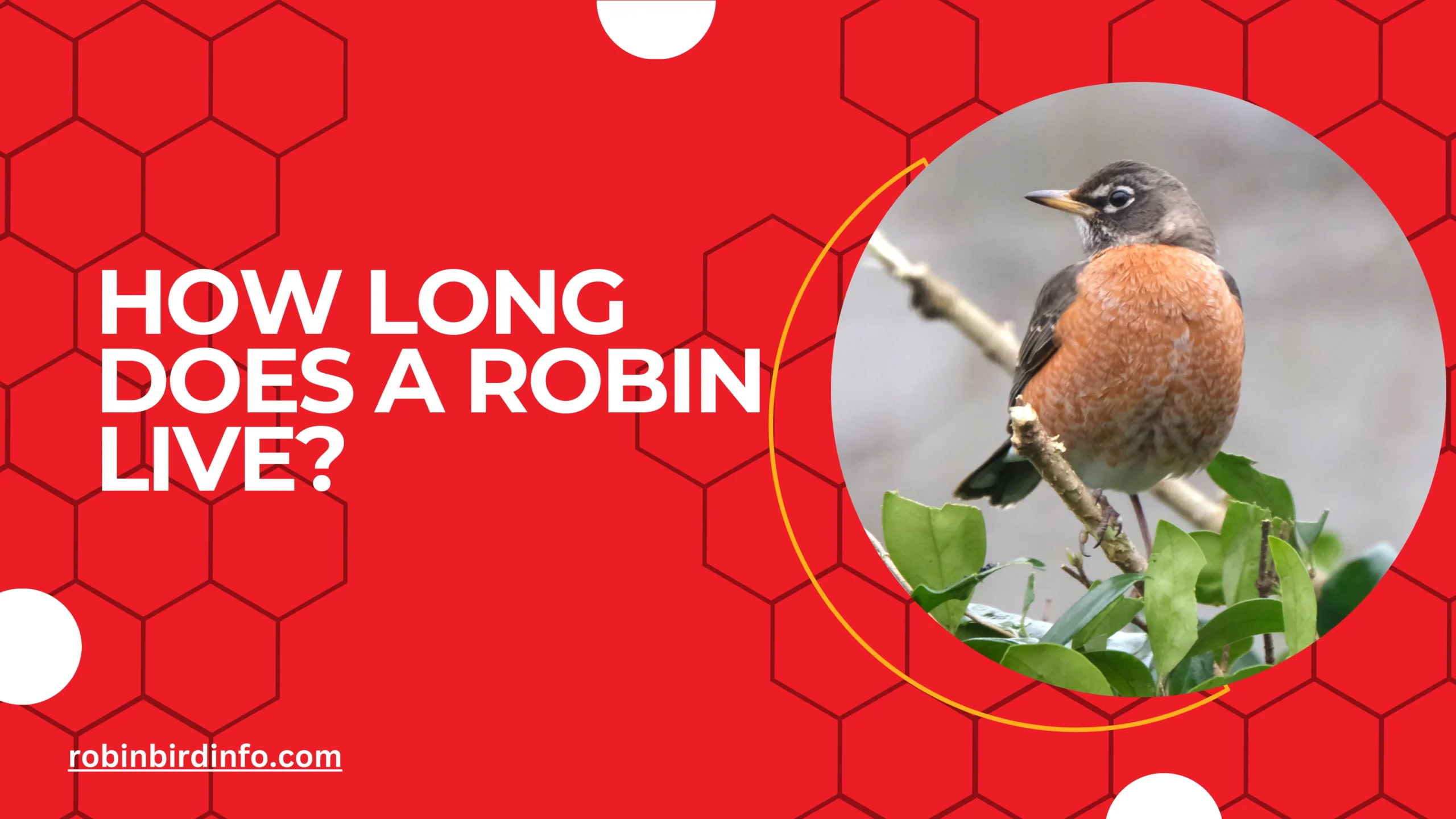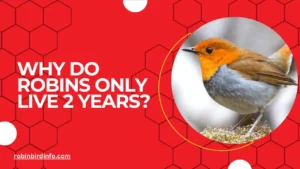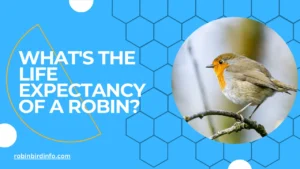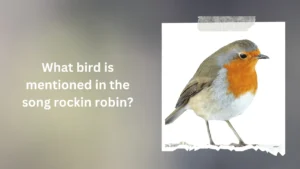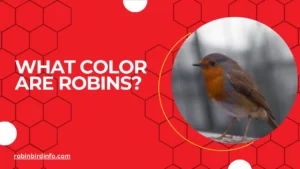Have you ever watched a Robin flitting through your backyard, its cheerful song a welcome melody?
These familiar birds bring a touch of life to our gardens, their bright red breasts a splash of color against the changing seasons. But as we witness their playful antics and tireless energy, a question naturally arises: How long will these feathered friends grace our presence?
The truth, dear reader, is that a Robin’s lifespan can be surprisingly short, much like the fleeting beauty of a spring bloom. Understanding the factors that influence their longevity sheds light on the delicate balance of nature and the importance of protecting these beloved birds.
From the dangers they face in the wild to the fascinating ways scientists study their lifespans, this exploration delves into the intriguing world of Robin longevity. So, grab a cup of tea, settle in by the window, and prepare to discover the surprising secrets behind these familiar garden companions!
Contents
Section 1: Factors Affecting Robin Lifespan
Predation: Robins face a variety of predators, including cats, hawks, and snakes. These predators can significantly impact Robin populations, especially during the nesting season when young birds are vulnerable.
Disease and Parasites: Robins can be susceptible to various diseases and parasites, such as avian malaria and mites. These health issues can weaken their immune systems, making them more vulnerable to other threats and reducing their lifespan.
Habitat Loss and Fragmentation: The loss and fragmentation of natural habitats, such as forests and woodlands, can limit the availability of food and nesting sites for Robins. This can lead to population declines and reduced lifespan.
Climate Change: Climate change can impact Robin populations in various ways, including altering migration patterns, affecting food availability, and increasing the frequency of extreme weather events. These factors can stress Robins and reduce their lifespan.
Section 2: Aging and Senescence in Robins
Physical Decline: As Robins age, they may experience a decline in physical condition. This can include reduced mobility, weakened immune systems, and decreased foraging ability.
Cognitive Decline: While less studied in birds, cognitive decline may also occur in older Robins. This could affect their ability to find food, avoid predators, and successfully reproduce.
Reproductive Senescence: Older Robins may experience a decline in reproductive success. This can be due to factors such as reduced fertility, decreased parental care, and increased nest predation.
Section 3: Studying Robin Lifespan
Banding Studies: Bird banding is a technique used to track individual birds over time. By capturing, banding, and releasing Robins, researchers can learn about their lifespan, migration patterns, and breeding success.
Challenges in Studying Lifespan: Studying the lifespan of wild birds like Robins can be challenging due to various factors. These include low recapture rates, difficulties in identifying individual birds, and the impact of human disturbance.
Section 4: Conservation Implications
Habitat Conservation: Preserving and restoring natural habitats is crucial for the long-term survival of Robin populations. By protecting forests, woodlands, and other natural areas, we can provide suitable nesting and foraging sites for Robins.
Reducing Threats: Minimizing threats to Robin populations, such as reducing pesticide use and controlling cat populations, can help to increase their lifespan.
Citizen Science: Participating in citizen science projects can help researchers gather valuable data on Robin populations and their behavior. By monitoring nest boxes, conducting bird surveys, and reporting sightings, citizen scientists can contribute to conservation efforts.
Section 5: The Role of Robins in Ecosystems
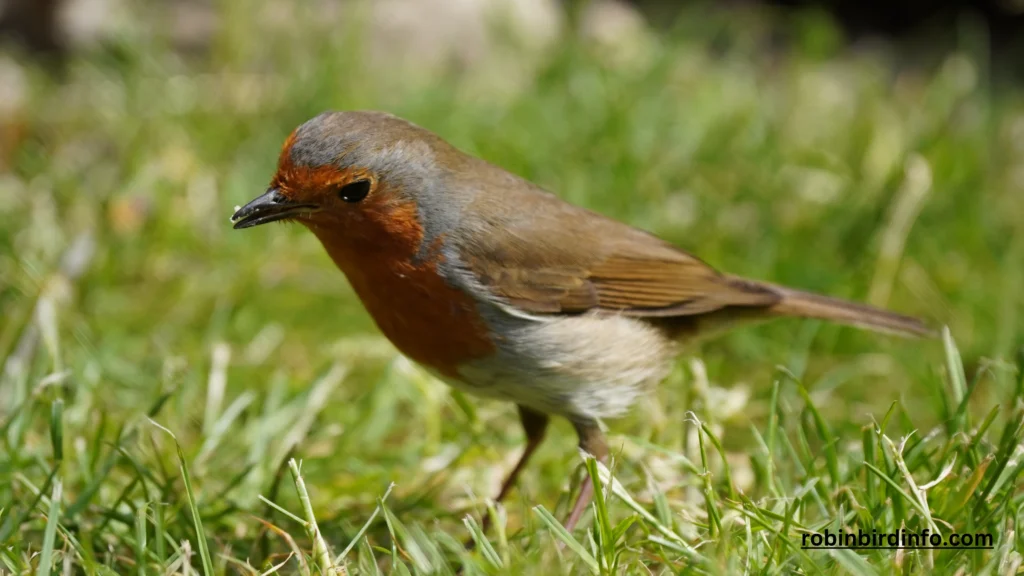
Seed Dispersal: Robins play an important role in seed dispersal. They consume fruits and berries and then disperse the seeds through their droppings, helping to spread plants and maintain ecosystem health.
Insect Control: Robins are important predators of insects, including many pest species. By consuming insects, they help to control populations and protect crops.
Indicator Species: Robins can be used as indicator species to assess the health of ecosystems. Changes in Robin populations can signal broader environmental issues, such as habitat loss or pollution.
Conclusion
The lifespan of American Robins is influenced by a variety of factors, including predation, disease, habitat loss, and climate change.
By understanding the challenges faced by these birds, we can take steps to protect their populations and ensure their continued survival. By participating in conservation efforts and creating bird-friendly habitats, we can help to preserve the beauty and ecological importance of American Robins.
FAQ’s
How long do Robins typically live?
The average lifespan of a Robin is 2-3 years, although some individuals may live longer.
What are the main causes of death for Robins?
Robins face various threats, including predation by cats, hawks, and snakes, as well as diseases, parasites, and harsh weather conditions.
Do Robins migrate?
Yes, many Robin populations migrate south for the winter. They return to their breeding grounds in the spring.
Can Robins recognize human faces?
While Robins may not recognize individual humans, they can recognize specific threats, such as cats or people who have harassed them.
How can I help protect Robins?
You can help protect Robins by creating a bird-friendly environment in your yard, providing food and water sources, and avoiding the use of pesticides. Additionally, you can participate in citizen science projects to monitor Robin populations and contribute to conservation efforts.
While Robins can form loose flocks during migration and winter, they are primarily solitary birds during the breeding season.

